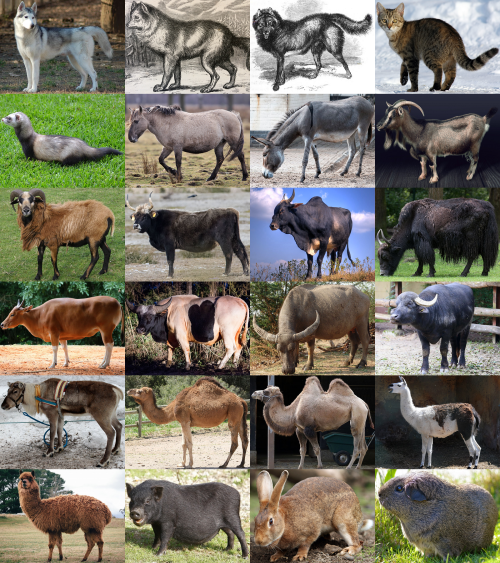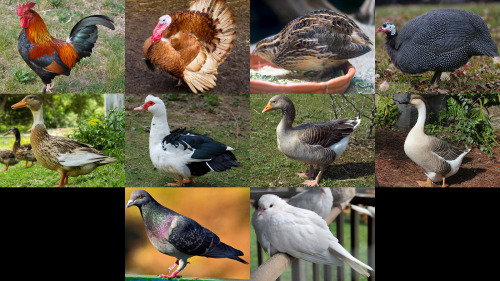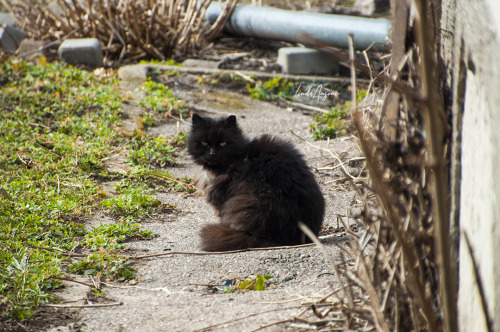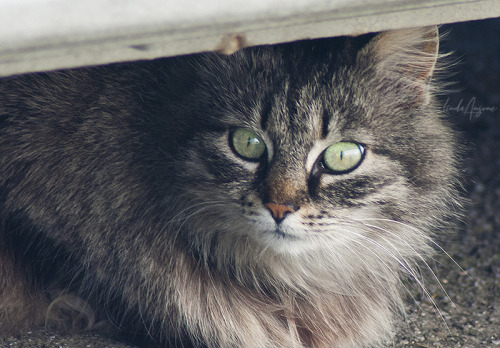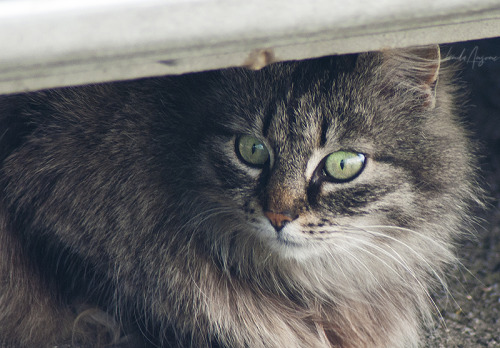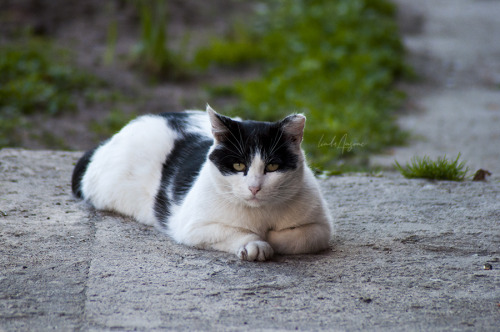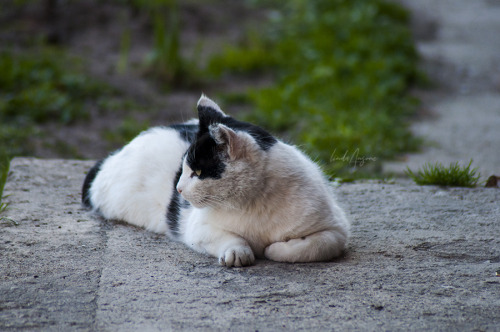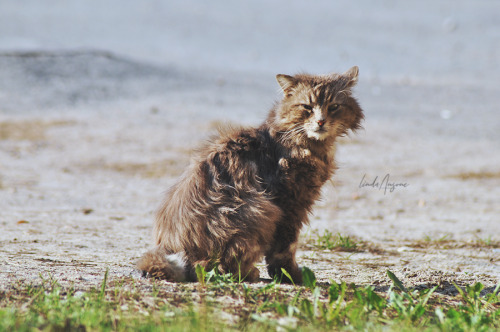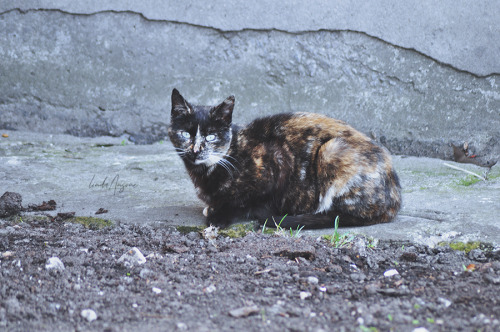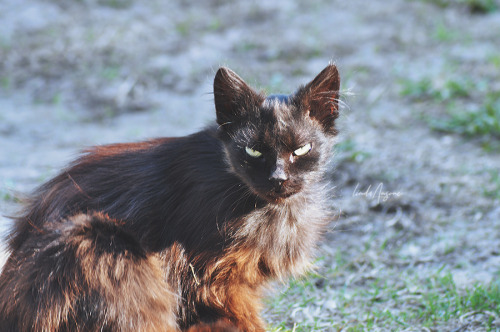#domesticated animals
Domesticated mammals and birds
These collages are something I’ve wanted to make for a long time, but I only got around to making them yesterday and today.
The reason being, I was reading around on why some animals could be domesticated, and others not, and I am rather frustrated at the lack of knowledge displayed by most people writing about this.
Most seem to just copy+paste what they have heard others say. Some may have more knowledge on history and people, but seem to be ignorant on how animals actually work, and on how many animal species we have actually domesticated, which is why I made these two collages above.
I was being rather selective here, as there are many more small animals that can be seen as domesticated or partly domesticated. I did not include any rodents other than guinea pigs (which have been bred for thousands of years in Peru and are a completely different animal from the wild cavy), and I did not include animals like small parrots, finches or minks. While bred for a long time, they have only been modified slightly from their wild ancestor (and in the case of minks, only for fur and size, not temperament).
The Siberian fox experiment is also not included, because it’s such a small, recent experiment, the fox did not become a full-on domestic animal, basically only restricted to the experimental farms (and their suitability as pets may have been greatly exaggerated).
I also excluded fish and invertebrates, because that kind of domestication does not really apply in the same way as these animals above, which are basically all livestock or work animals in their foundation.
A list, then, to clarify the collages:
- Dog
- Domestic coyote † (not really proven, but it seems feasible)
- Fuegian dog/domestic Culpeo fox †
- Cat (yes, whatever some people say, cats are definitely domesticated)
- Ferret
- Horse
- Donkey
- Goat
- Sheep
- Cattle
- Zebu (domesticated from a separate subspecies of aurochs)
- Yak
- Domestic banteng
- Gayal (domestic gaur)
- Marsh buffalo
- River buffalo (while typically treated as the same species, these two different buffaloes were domesticated separately and have a different number of chromosomes)
- Reindeer
- Dromedary camel
- Bactrian camel
- Llama
- Alpaca
- Pig
- Rabbit
- Guinea pig
- Chicken
- Turkey
- Japanese/Coturnix quail
- Guinea fowl
- Duck
- Muscovy duck
- Goose
- Chinese goose
- Pigeon
- Barbary dove
You may notice that, for fun, I went out of my way to find animals that look very close to their wild ancestors (husky for the dog, konik for the horse, heck cattle for the cattle, etc.).
Okay, so I’ve been lazy. I meant to write this the same day or the day after, but I’ve been working, sculpting, drawing, and doing other things.
The thing is, I have a world-building project and have to come up with some domestic animals (mainly taking from prehistoric mammals), and so, for fun and ideas, looked around a bit about domesticating animals, and of course, found forum posts and articles on “why some animals can’t be domesticated”.
The #1 example is zebras. “We have tried to domesticate zebras many times and it NEVER WORKED”. Or “look at the difference in training a zebra, versus training a thoroughbred horse or shetland pony!”
I… what.
First of all, a zebra is an entirely different species from horses (there are actually three species of zebra). Second, zebras are not domesticated, and never have been, while horses are.
The wild ancestor of the horse no longer exists, but there is a close relative. The only true wild horse left, the Przewalski’s (which has a different number of chromosomes compared to domestic horses, meaning it’s not the original horse we domesticated), has to my knowledge never been trained to ride or pull carriages.

That man can’t ride. Poor zebra.
To say “zebras are just too stubborn/aggressive/wild to be tamed”, you would have to compare them to the Przewalski’s horse, or to African or Asiatic wild asses (donkeys), not to horses and ponies that have been bred by humans for 6000 years.
It’s like saying African painted dogs can’t be domesticated, because look, “I tried to teach one to herd sheep and it’s acting NOTHING like my border collie!”
Zebras have been tamedandtrained to be ridden and pull carriages, many times and with mixed results, but they have to my knowledge never been bred for domestication. Maybe zebras truly are too aggressive or willful (again, compared to the original wild horse and donkey), but you cannot prove that by comparing a zebra to a domestic pony.
Second, yes of course, I agree, some species are more fit for domestication than others. We can see in closely related groups of species, like various Amazon parrots, or among the small coastal dolphins, or between fox species just to name three examples, that different species that are closely related and with roughly similar lifestyles, habitats and diets, can vary wildly in temperament.
Naturally, you would want a candidate for domestication to be less fearful and prone to stress, and preferably not have any elaborate courtship rituals or other behavior that makes breeding them in close confinement difficult.

That is said to be why cheetahs were never domesticated. Cheetahs, being very docile as big cats go, have been used for hunting in the Middle East, India and Egypt for thousands of years, but they were never domesticated because they are very difficult to breed in captivity. (It’s also why they today have “died out” in the exotic pet trade and are mainly found in zoos, but that’s a different topic.)
Another common point raised is that X animal is simply “too dangerous/big/scary” to be domesticated. As you can see above, we have domesticated no less than seven different types of cattle. That is insane!
On at least seven different occasions, across the world and across history, people took a look at the wild cattle around them and said “we are going to catch them, fence them, and breed them”.
Some people seem to be under the idea that American and European bison have never been tamed because they are “just too aggressive”, but nah… in Indian national parks, where there are elephants, tigers, leopards, rhinos and bears, the scariest animal of all is the water buffalo. And it was domesticated. Twice. (As I wrote in the above post, the Chinese/Southeast Asian marsh buffalo and the Indian river buffalo are not the same animal.)
We also domesticated the aurochs twice (the Indian zebu and the “typical cow”, from Europe-Middle East-Central Asia). And the banteng. And the gaur (look them up). And the yak.
Another misconception I really want to clear up is that simply breeding an animal in captivity over many generations does not make it “domesticated”.
It’s even mentioned regarding parrots, that “oh well we’ve bred these macaws/amazons/cockatoos for many generations now, so they’re basically domesticated”.
What makes an animal what it is? Its genes, which it gets from its parents.
What makes genes change in subsequent generations? Selective pressure.
There is no “magic” happening, either in the wild or in captivity, to change an animal. It is the #1 misunderstanding of evolution that I know of. Animals change, to better suit their environment in the wild or to serve humans in captivity, because of selection pressure. Not “they change because they just change over time, it just what happens”.
Handling and raising animals in captivity, it’s no fun to deal with wild, willful, aggressive or highly fearful animals. So you cull the ones that show undesirable behavior, and breed the ones that are docile and easy to handle. That is the only way domestication for behavior happens. Breeding for it.
(Oh the number of times I’ve seen a parrot owner with a “crazy”, aggressive, hormonal adult male Amazon or cockatoo and they sell him to a breeder as he simply can’t be a pet. And then people say “if we don’t keep breeding them, we won’t be able to domesticate them”. Show me one breeder actually trying to domesticate parrots. And I’m not shitting on parrot breeders, but they are not being bred for temperament.)
So if you breed “randomly”, not selecting for anything, the population will stay the same. They may no longer have the selection pressure of the wild, where they have to find food and avoid predators, but they also aren’t being selectively bred for anything (like parrots aren’t), so they will remain the same No matter how many generations you breed in cages, they will be genetically identical to their wild relatives.

But not all domesticated animals have changed in temperament, because we have not bred them for temperament. This only applies to some more recent “additions”, like fur farmed mink. They have been selected for size, coat quality and color. They don’t need to be tame, as they aren’t herded like ancient peoples herded goats, or even handled hands-on, just kept in small cages and then killed. They still count as domesticated because they’re genetically distinct from the original wild mink.
To finish off, besides for the seven(!) species of domesticated bovines, I find it interesting how every single species of camelid has been domesticated. There are only four, but still. As for goats and sheep, I couldn’t find that we have domesticated any “secondary” species, only the two we know (goats come from Bezoar ibex, and sheep from Middle Eastern mouflon).
Out of eight equine species (including the extinct original horse), we have domesticated two.
Only one species of deer (though they may only count as “semi-domesticated”.)
The origins of dogs are still something of a mystery, as we don’t know when or where they were first domesticated (while animal #2 to be domesticated was around 10 000 years ago, likely the sheep, we know of domestic dog skulls from over 30k years ago, and I’ve seen something on the genetics of dogs and wolves diverging over 80k years ago), and it may even have happened more than once, but we just don’t know. The other two canines shown above (believed domestic coyote, and Culpeo fox) were only in small populations that are now extinct. (Makes one wonder if other such projects existed, that were lost in history.)
Cats… only once. I wonder if any other cat species could be domesticated, and it simply hasn’t happened because of historical reasons. Because the little African wild cat, isn’t really a very friendly animal (also note, why the domestic cat truly is domestic - you would never want a small wild cat as a pet, as they would be aggressive, fearful, and ruin your house). Strangely, even the very undomesticated lions and tigers seem far more trainable than your average domestic cat.
Someone in a reddit thread said (paraphrasing) “we have domesticated every species that could be domesticated, because we’ve been at it for millions of years”. Um… no. We’ve only started really domesticating a long row of species, from sheep to cats and horses, after 8000 BC, when agriculture was invented and people started living in fixed settlements.
Before that, we were hunter-gatherers, and we only had dogs (again, for an unknown length of time, but likely many tens of thousands of years).
And I repeat historical reasons, because so many things in history are “accidental”. People perhaps could have done something, but didn’t, because it would have required a chain of events beforehand. In any case, most animals we have today were domesticated in the Middle East-Central Asia-India.
Some in China and Southeast Asia. None in North America, except for the possible tame coyote, but several in Mexico and South America (yes, I exclude Mexico from North America, as it’s much closer in culture and climate to South America), including several popular livestock and pet animals we have today.
With the exception of the ferret and rabbit, no animals were domesticated in Europe (possibly the duck?), and none in Africa proper (several were in Egypt, including cats, but Egyptians were not “African”, only geographically), but both continents adopted the practice from Asia.
Australia is the only continent where, to my knowledge, there has been no animal husbandry, not even dogs (which means they likely diverged before dogs were even domesticated), though they have kept dingoes to some extent after the dogs came over to Australia only a few thousand years ago.
Meh. Maybe this would have been better if I had written it when my frustration was fresh a few days ago. It’s a post, not an article, so I don’t have a nice ending to finish off with. :p
Post link
A camel greeting his herder who was absent for a few days.
Thedromedary (Camelus dromedarius) is a domesticated camel.
This guy raised an abandoned moose calf with his Horses, and believe it or not, he has trained it for lumber removal and other hauling tasks. Given the 2,000 pounds of robust muscle, and the splayed, grippy hooves, he claims it is the best work animal he has. He says the secret to keeping the moose around is a sweet salt lick, although, during the rut he disappears for a couple of weeks, but always comes home….
Impressive !! MINNESOTA CLYDESDALEwhy are moose so terrifyingly large
Because they’re pretty much legit surviving Ice Age megafauna and almost everything was bigger back then
his moose leaves for a few weeks to Fuck
Vacation days
Huh, that documentary about the Russian mose milk farm, kostroma moose farm, those moose also just fucked as they desired.
Post link

Good Bwonsamdi hanging out with mommy.

I got them together, ha! They don’t hang out with each other much. Such a rare thing! There was a lot of squeaking involved. Bwonsamdi and Jani scream at each other when they are grooming each other. No blood, not even a scratch, just drama queens.

Time to chase some bias tape! Jani does love “hunting” things.

Bwonsamdi is so precious. We say happy Easter and now that mommy has such a nice phone camera we can probably start set shoots again. My little point and shoot I used to take pictures with was defunct. So happy to be taking better quality pictures again.

Jani was being sweet and sleepy before I went to work. Love that little face.

